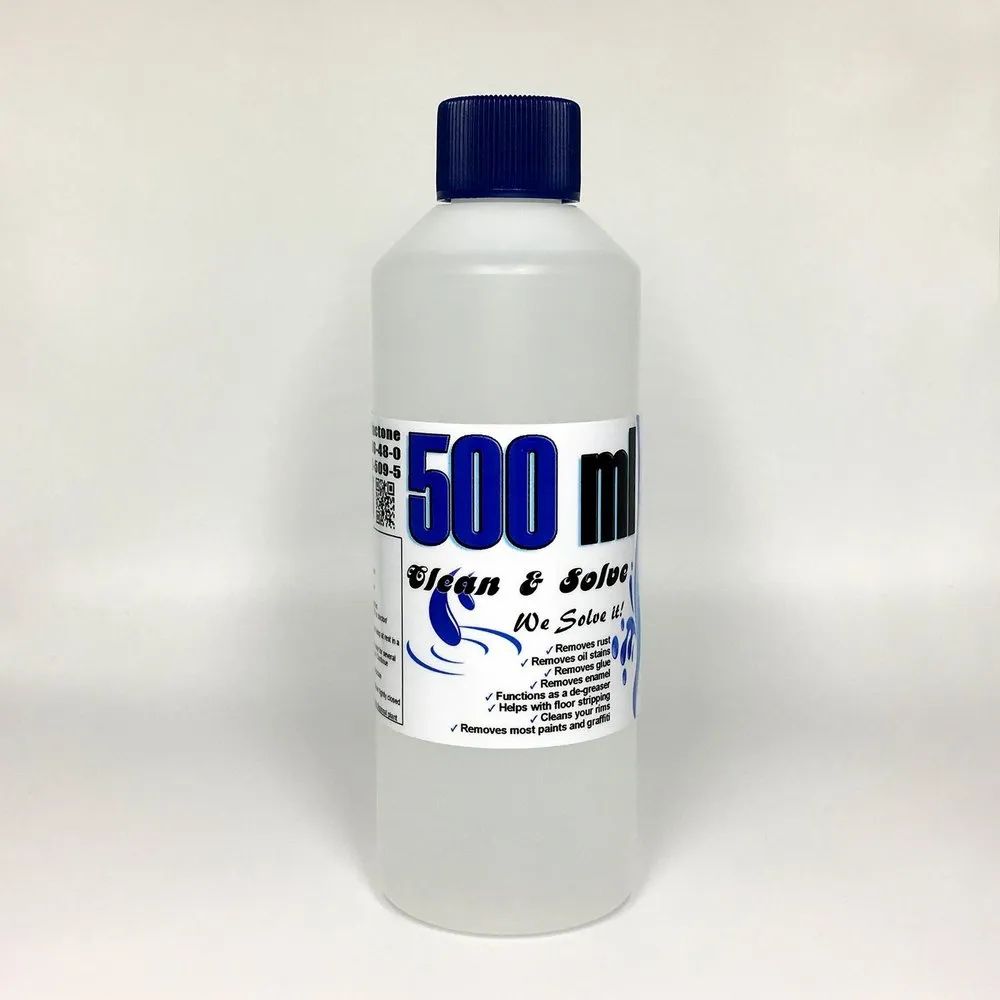The GHB withdrawal at home is a complex process that involves both physical and psychological challenges. Many people who are affected by GHB (gamma-hydroxybutyric acid) addicts wonder if they can manage withdrawal in a familiar environment. In this article, we will discuss the various aspects of GHB withdrawal at home, including symptoms, support needed, and best practices to make the process safer and more effective.

What is GHB?
GHB is a chemical compound that is used both medically and recreationally. It acts as a sedative and can lead to addiction if used excessively. Therefore, it is important to understand the effects of GHB on the body before committing to withdrawal.
Mode of action of GHB
GHB influences the central nervous system by increasing the activity of the neurotransmitter GABA. This leads to a dampening effect that can be both relaxing and euphoric. But how quickly can an addiction develop and what symptoms are associated with it?
Symptoms of GHB withdrawal
Withdrawal from GHB can cause a variety of symptoms, ranging from mild to severe. The most common symptoms include:
- InsomniaMany people struggle with sleep disorders during withdrawal.
- States of anxietyIntense anxiety and restlessness are common side effects.
- Physical complaintsMuscle pain and general malaise may occur.
- Psychological problemsDepression and mood swings are widespread.
Duration of withdrawal symptoms
The duration of symptoms can vary, with acute symptoms usually being most severe within 24 to 48 hours of the last use. After a week, symptoms usually begin to subside, but some psychological symptoms may last longer.
GHB withdrawal at homePreparation
Before you start the GHB withdrawal at home it is important to make some preparations. This can help to make the process smoother.
1. inform yourself
Understanding the withdrawal process is crucial. Read about the symptoms and the course of withdrawal so that you know what to expect.
2. build up a support network
It is helpful to have a support network of friends or family members who are there for you during withdrawal. This can provide emotional support and help prevent relapse.
3. create a plan
Create a detailed plan for your withdrawal, including the actions you want to take to deal with the symptoms. This may include seeking professional support.
Aids for the GHB-Withdrawal at home
There are various aids that can help you GHB withdrawal at home can help. These include:
1. relaxation techniques
Techniques such as meditation, yoga and breathing exercises can help to reduce anxiety and promote general well-being. When you relax, you can cope better with the symptoms. GHB withdrawal at home
2. nutritional adjustments
A balanced diet can support your physical health during withdrawal. Make sure to drink enough water and consume foods that are rich in vitamins and minerals. GHB withdrawal at home
3. regular exercise
Physical activity can help to reduce stress and improve your general well-being. A simple walk can already help to lift your mood and make withdrawal more bearable. GHB withdrawal at home
Dealing with withdrawal symptoms
Various symptoms can occur during GHB withdrawal and it is important to have strategies in place to deal with them.
1. sleep problems
If you have difficulty sleeping, try to establish a regular sleep routine. Avoid caffeine and other stimulants, especially in the evening.
2. anxiety
Relaxation techniques or breathing exercises can be helpful in cases of intense anxiety. In severe cases, it may be advisable to seek professional help.
3. physical complaints
Pain and discomfort can be treated with over-the-counter painkillers. However, speak to a doctor beforehand to make sure this is suitable for you. GHB withdrawal at home
Professional support
Although many people attempt GHB withdrawal at home, it is sometimes necessary to seek professional support. This can take the form of therapy, self-help groups or medical care.
1st therapy
Psychological support can help you to cope with the psychological aspects of withdrawal. A therapist can offer strategies to deal with the emotional challenges.
2. self-help groups
Sharing with others who have had similar experiences can be very helpful. Self-help groups offer a safe space to share feelings and find support.
3. medical care
In some cases, medical detox may be necessary. This should be done in a controlled environment to ensure you receive the support you need. GHB detox at home
Conclusion
The GHB withdrawal at home is a challenging but doable task. It requires preparation, support and a good understanding of the symptoms and the process. If you are ready to tackle withdrawal, you can develop the right strategy to overcome the challenges and ultimately lead a healthier life. GHB withdrawal at home
If you need further information or support, do not hesitate to seek professional help. Your well-being is paramount, and there are resources available to help you successfully navigate this journey. GHB withdrawal at home


